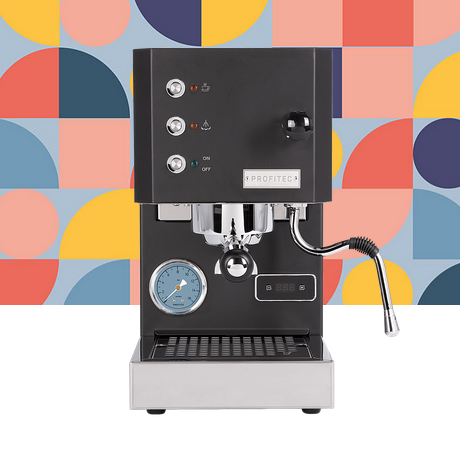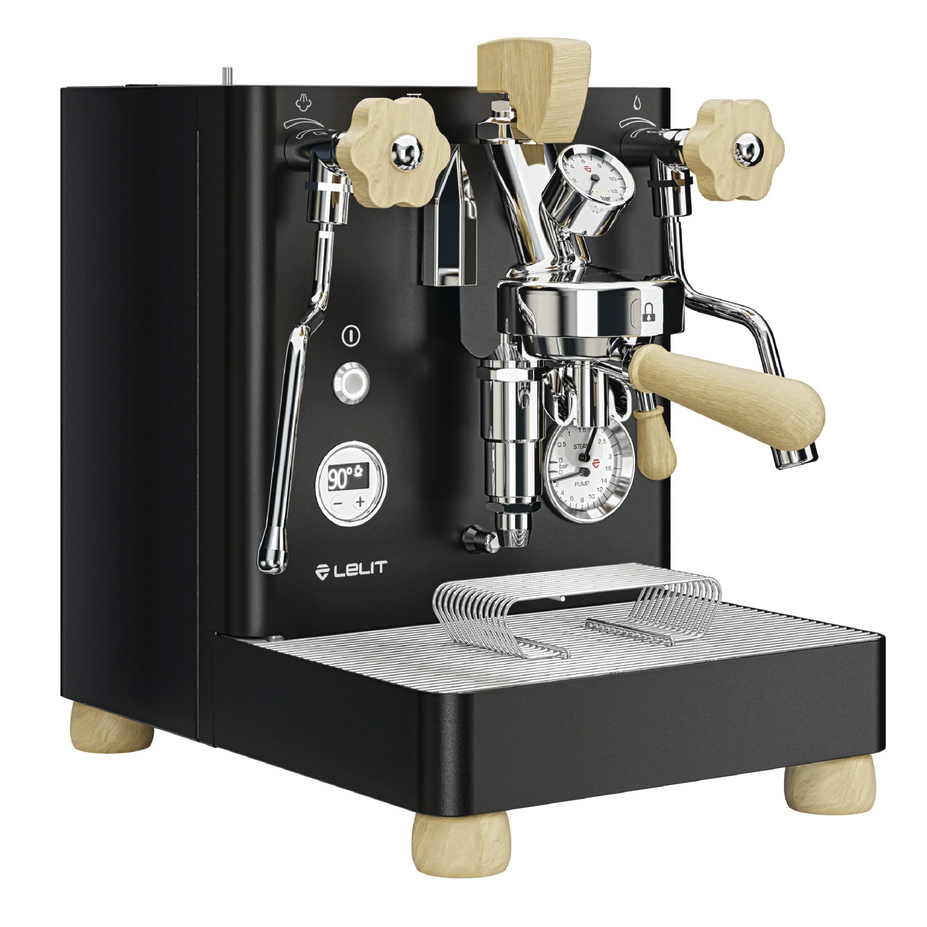There are many different factors to consider when making your cup of coffee at home, but one task that causes our customers some problems is adjusting your grinder correctly. This is a crucial step in creating your perfect home-brewed coffee.
When should I adjust my grinder?
You know it's time to adjust your grinder when you have just bought new beans or when your coffee starts to taste very sour or bitter. If your coffee tastes sour this means that your grind is too coarse and you need to make it finer. And if it tastes bitter you will need to make it more coarse. This is a trial and error process until you find the perfect grind size that works for you.
How does it work?
Inside of your grinder there are blades that are grinding up the coffee beans, when you tighten the blades it grinds the coffee into smaller grains (finer) and in turn when you loosen the blades it makes the grains larger (coarser).
An important note to remember is that when you make the grind finer, you are pushing the blades together compressing the remaining coffee grounds in the grinder together. If you are making large, tightening adjustments this can cause a blockage as the blades will not be able to get any tighter due to the coffee that collects in the grinder.
We recommend that if you are making large adjustments that you leave the grinder running so that it keeps the flow of coffee moving through your grinder, rather than letting it get stuck in between the blades. Once you have let it run for a couple of seconds after adjusting, you can collect the coffee grounds the grinder is producing.
This is an example image of a coffee grinder (Keep in mind that each grinder will have different settings)

- The first big mistake that is very common is that they make large adjustments on the grinder
- The second big mistake is that because a lot of grinders have a bit of coffee retention inside them (meaning that after you have made the last adjustment the grinder retains a small amount of the old grind) you may not see the results of your latest adjustments until you make a couple of extractions.
- Another mistake is that people buy 250 gram bags of beans and by the time you have dialled in this coffee, the bag has ran out!
- Another mistake when people start out, is that they try lots of different beans, try and stick with the same beans for the first number of months until you have perfected your grind and you know exactly what you are doing. Then you can get adventurous.
- We import Trismoka beans from Italy which are very consistent, easy to dial in and very tasty, you can find them on our website here.
To begin the process:
- Firstly, research your grinder and find out which direction you need to turn the adjuster to make it finer and which way to make it coarser.
- Make sure that there is enough beans in the hopper as this process can end up using a lot of coffee beans, but don't worry, it is worth it!
- Now decide if you need to make your grind finer or coarser. To determine this, grind the beans into your portafilter.
- Each time you do this you will need to grind the same amount of coffee into your basket, consistency is key! Find out how many grams your basket is, if it is 18 grams you grind need to grind 18 grams of coffee into it.
- Tamp your coffee with 30lbs of pressure, but how much is this? Push down once on the tamper as hard as you can with your elbow up in the air. The secret here is again, consistency. Use the same amount of pressure each time you repeat this process. It would be inconsistent to have a different person tamping each time.
- Lock your portafilter into your coffee machine and place a shot glass under each spout. Now we start the brewing process.
- What we are looking for now is for 2 ounces of espresso in total in the shot glasses within approximately 25 seconds (each shot glass should contain one ounce). It's important to start counting as soon as you start the brewing process, not when the liquid starts coming out.
- When looking at the level of liquid in your shot glass, you will have some crème on the top of your espresso (just like a pint of Guinness), you measure your ounce to the top of the crème not to the top of your liquid
- After the 25 seconds has ran, stop the brewing process and examine the quantities in your shot glasses.
- If you have less than 2 ounces in total in your shot glasses (one ounce in each) then you need to make the grind coarser so that the liquid can flow through the coffee faster.
- And if your shot glasses have more than 2 ounces total then your grind is not fine enough and you will need to tighten the grinder.
- Once you have decided whether to make your coffee grind finer or coarser, begin to make small changes turning the dial whichever way is applicable.
- It helps to run the grinder for about 10 seconds before collecting the ground coffee as there will be old coffee grounds in the grinder.
- Run a test in the shot glass and give it a taste to see if you need to apply more adjustments. Keep repeating this until you find the perfect brew for you.
Make sure to check your grind settings every now and then, especially when you purchase new beans. This is quite a tricky process for some people so don't worry if takes you some time to master, paying attention to detail is what will make you a master brewer!



